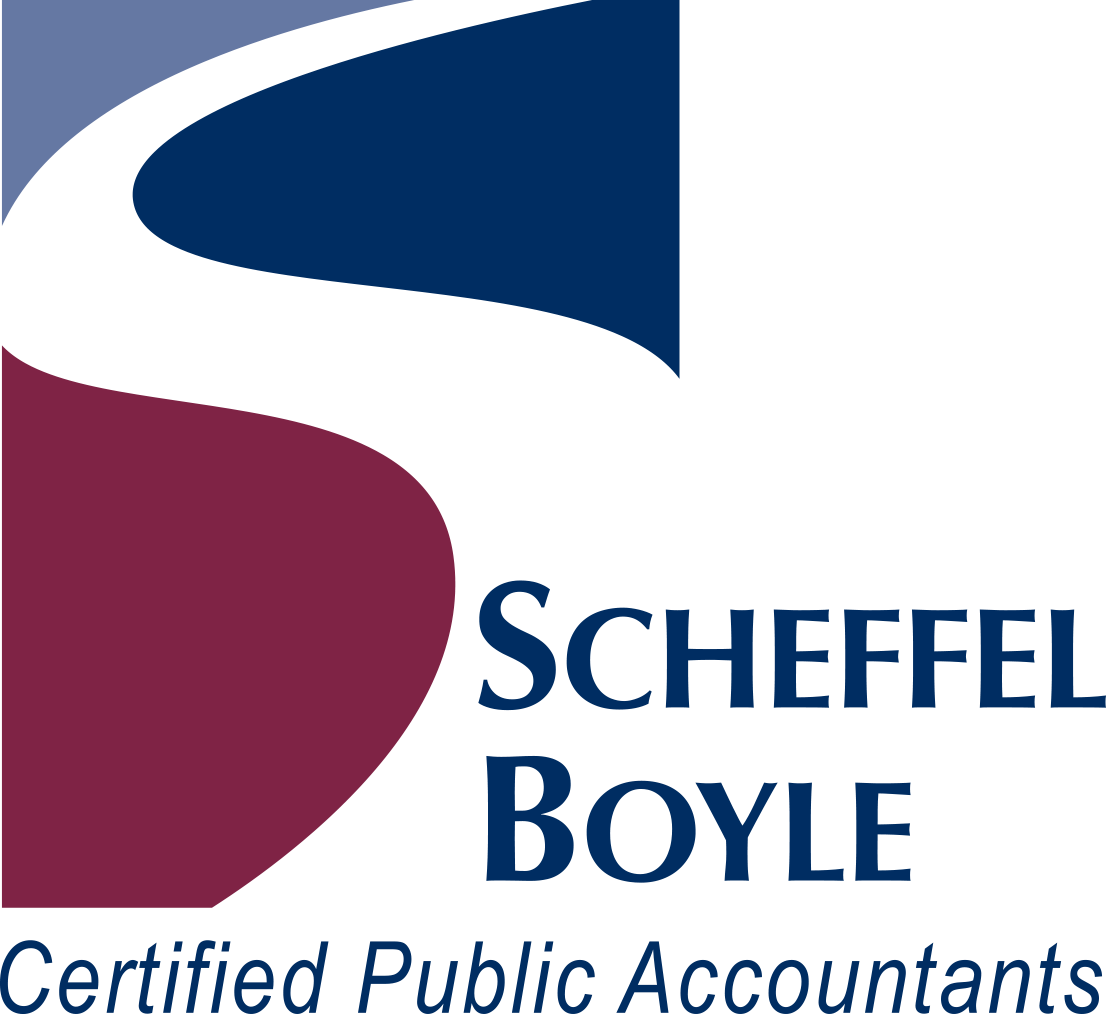Retirement Plan Options for Business Owners
Keep in mind that, if you have employees, they generally must be allowed to participate in the plan, provided they work enough hours and meet other qualification requirements. Here are a few options to consider:
Profit-sharing plans. This is a defined contribution plan that allows discretionary employer contributions and flexibility in plan design. You can make deductible 2018 contributions as late as the due date of your 2018 income tax return, including extensions — provided your plan existed on December 31, 2018.
Simplified Employee Pensions (SEPs). A SEP is a defined contribution plan that provides benefits like those of a profit-sharing plan. But you can establish a SEP in one year and still make deductible contributions as late as the due date of your income tax return for the previous year, including extensions. Another benefit is that a SEP is easier to administer than a profit-sharing plan.
Defined benefit plans. This plan sets a future pension benefit and then actuarially calculates the contributions needed to attain that benefit. The maximum annual benefit generally is $220,000 for 2018 (up from $215,000 for 2017) — or 100% of average earned income for the highest three consecutive years, if less. Because it’s actuarially driven, the contribution needed to attain the projected future annual benefit may exceed the maximum contributions allowed by other plans, depending on your age and the desired benefit.
You can make deductible 2018 contributions until the due date of your 2018 income tax return, including extensions — provided your plan existed on December 31, 2018. Warning: Employer contributions are generally required and must be paid quarterly if there was a shortfall in funding for the prior year.



